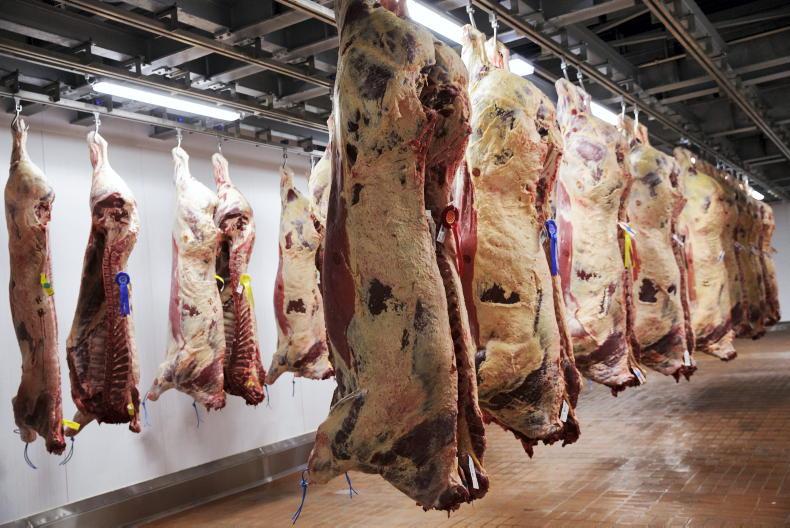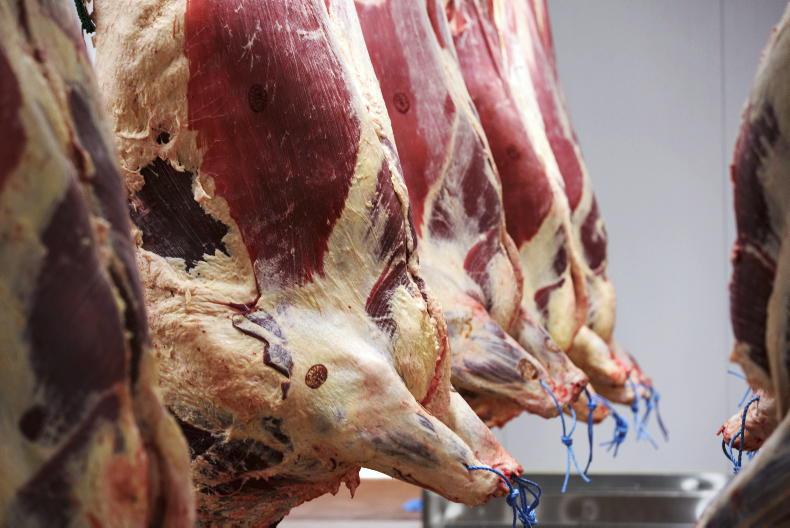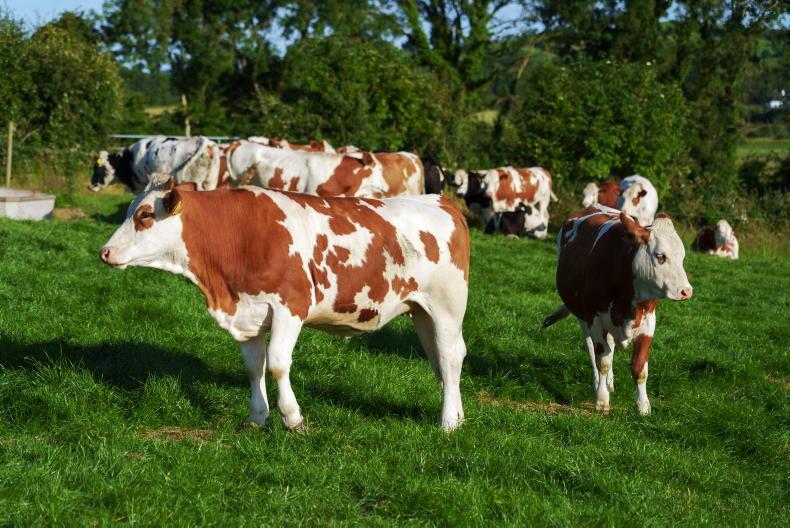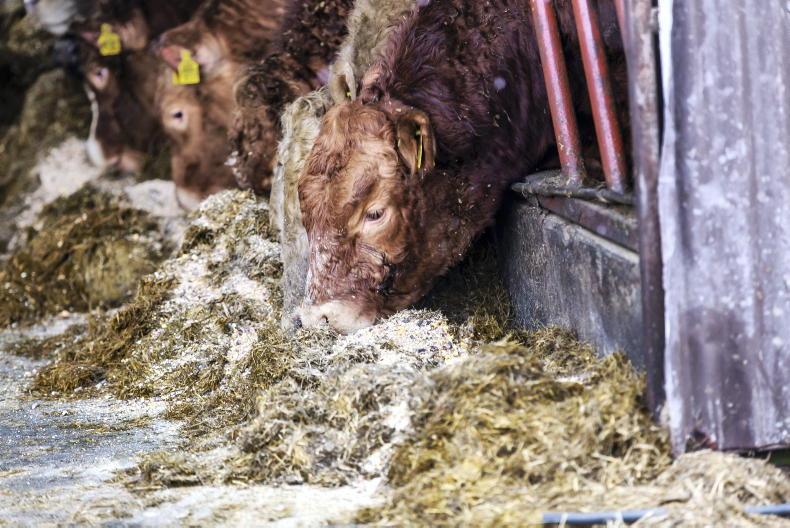After much heavier than normal late autumn and early winter rainfall, land in most parts of the country is severely saturated.
As a result, most farmers have all stock housed, the exception being some farms that have dairy cows out for a few hours grazing per day and some still have the heifer calves out.
This group of stock is the lightest bunch of animals on most farms and, as such, do the least amount of damage.
However, they still do damage even if it is isn’t deep poaching like cows can do. Constantly walking over the same area will lead to surface compaction.
Trade off
So the trade off is between leaving them out grazing where they risk doing damage or bringing them into a shed where no damage will be done, but where daily liveweight gain will be less and where more silage will be eaten.
Typical daily liveweight gain over the winter period in a shed is around 0.4kg to 0.5kg per head per day, even where 2kg of meal is eaten and silage quality is good.
That’s the problem with the winter period - animal performance suffers compares with the grazing season.
Weight gain
Now, when it comes to dairy heifer rearing, the low daily weight gain over the winter isn’t really a big problem, provided the animals perform to target during the grazing season.
This is because they only need to be at target weight at mating, which is usually around 330kg on 1 May. Being heavier than this is not advantageous.
So what weight should these heifers be now? That depends on how much they will weigh when they will be mature cows.
The best way to assess this is to look at the mature weight of the cows currently, provided there has been no major change to breeding policy.
For a 580kg cow mature liveweight, the heifers should be weighing 250kg liveweight now or 43% of their mature liveweight now.
It’s important to note that this is the target weight for all animals, not the average of the group. Animals that are significantly lighter than the target weight will need different management over the winter.
This includes the best-quality silage and additional meal and planning an early turnout for these lighter heifers.










SHARING OPTIONS